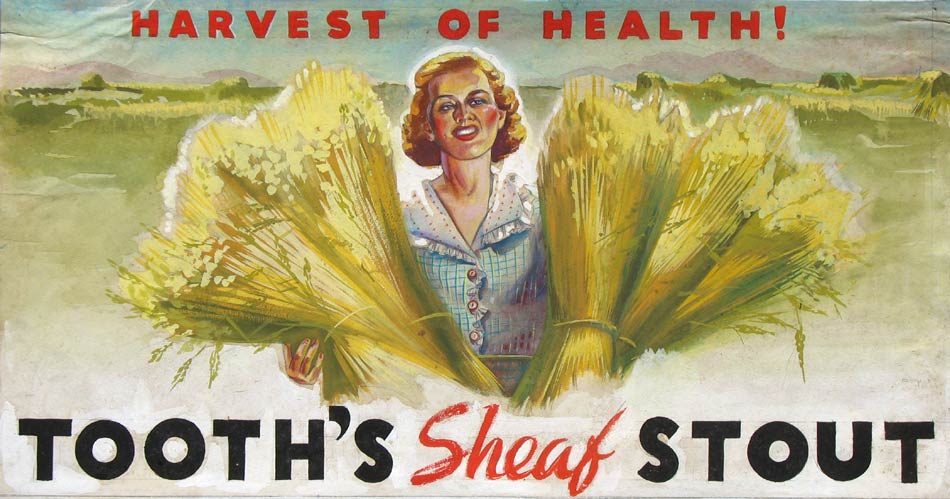A CLASSIC FLAW - WITHER'S THE SHEAF
What it takes to be branded special, is not always clear...
'Evolution' is one of those fascinating words that can apply as much to beer as anything else.
Some brews are branded 'classic' by the sheer fact they have managed to survive the annals of time, and as such, fit neatly into the philosophy.
On the surface this makes sense, but what this doesn't actually take in to account though is the one element you would think should be the overriding factor - quality.
The two terms it seems (classic and quality) do not necessarily go hand in hand, a glitch in the evolutionary cycle, or are there other factors at work here?
Whilst some may indeed epitomise a given style, and warrant the accolade, others it would seem may not quite justify the status.
The problem is the word 'classic' itself. In the literal meaning it defines 'excellence' although it is used by many today in far looser terms, without qualification, to the point at times where it can appear almost meaningless.
Beer styles, such as stouts, do indeed 'evolve' and today there are many excellent examples where brewers have honed their skills to produce stunning examples, with imagination and diversity.
For micro brewers in particular it is progress in motion, constantly striving to tweak and improve, and here is where the evolutionary thread is strongest.
This makes it all the more perplexing when you come across a beer that has the 'classic' tag and leaves you pondering exactly why?


Carlton & United Sheaf Stout of Australia is one such example, and was originally a product of Tooth's Brewery of New South Wales, established in 1835.
The merger frenzy that hit the Australian beer industry during the early 1980's saw Tooth's merge (with no less than eleven other Independent brewers) to form the Carlton & United group.
Brewing influences in Australia have their roots in the Empire, and as one of the British Dominions top fermented brews would have been the favoured type, replicating the brews of the motherland. Today lager is ubiquitous throughout Australia, and beers such stouts remain an anathema to the average Australian. The heritage link with the past is almost forgotten and the fact that Sheaf Stout has managed to survive, despite relative apathy, is remarkable.
What we do have is a beer that has all the credentials in terms of aesthetics, but little else to recommend in terms of flavour. It is a simple, undemanding style which drinks lighter than its 5.7%Alc/vol. content. It follows a straight and narrow path, avoiding any difficult turns into the more demanding and exciting world of complexity on the way.
Whilst this may appeal to some, many today would be looking for something more, especially from a 'classic'.
The evolutionary wheel will no doubt continue too turn, but the term 'modern classics' somehow takes on much more relevance.
Here's to the future...and worthy exponents of the term.
----------------------------------------------------------------------------------------------------------------
TO RETURN TO ARCHIVE CLICK ON ARROW TOP OF PAGE